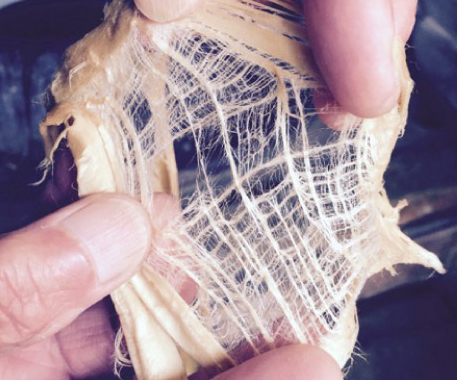WASHI GRADING SYSTEMS, PROMOTING HERITAGE WASHI
Although produced in a country that values excellence in craftsmanship, not all Japanese paper is created equal. Depending on your intended use, you will have different requirements regarding the characteristics and quality of the paper you choose. Japanese paper is made with rigorous quality control, so rarely is there a sheet or roll that needs to be discarded.
If, however, you are looking for washi that is archival, that will last for centuries and retain its strength and tone, you need to know how the paper has been made. Archival washi takes much more labour and expensive raw material to produce.
Key questions which should be answered by YES if you want the best, archival paper:
- Is the fibre 100% kozo, gampi or mitsumata from Japan? (if so, no surprises later, for example oil spots, discoloration or weakness)
- Is it cooked in soda ash, wood ash or lime? (not harsh caustic soda to weaken fibre)
- Is the fibre evenly spread on the sheet with fine texture visible, along with lines from the papermaking screen? (except for gampi and occasionally kozo which uses a silk mesh sha to hide those marks)
- Is the natu ral colour warm rather than bright white? (often indicating no chlorine bleach)
- Does it resist being torn, even when thin? (indicating no added wood pulp and careful fibre preparation)
Through experience, many artists discover that the highest quality washi, made of 100% Japanese kozo, gampi and mitsumata, will serve them best, no matter what medium they use. Greater absorbency of ink, dye or paint, greater wet-strength, translucence, resilience and malleability, as well as remarkable longevity are some of the rewards of using premium washi.
Today some excellent papers are also made by machine, particularly at the Kashiki Mill in Kochi, where local fibres are harvested and formed on a custom-made machine that imitates the action of a hand papermaker. The same key questions must be asked of machine-made paper if you want the greatest longevity and strength in the paper you use.

Nasu kozo after soaking long strong fibres

Levels of chiri-tori (bark removal)

Nasu kozo after cooking in soda ash
